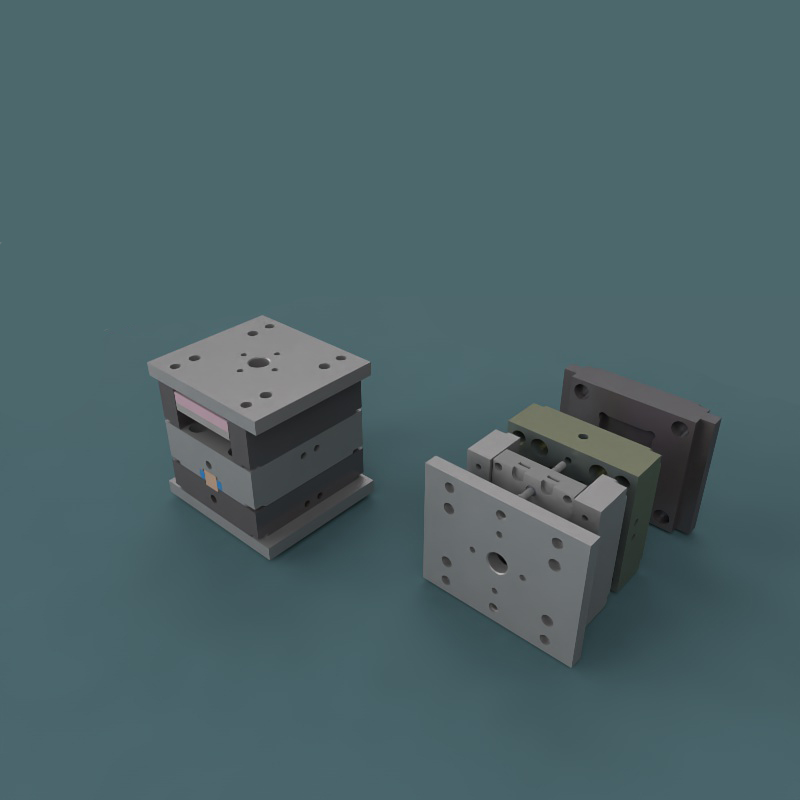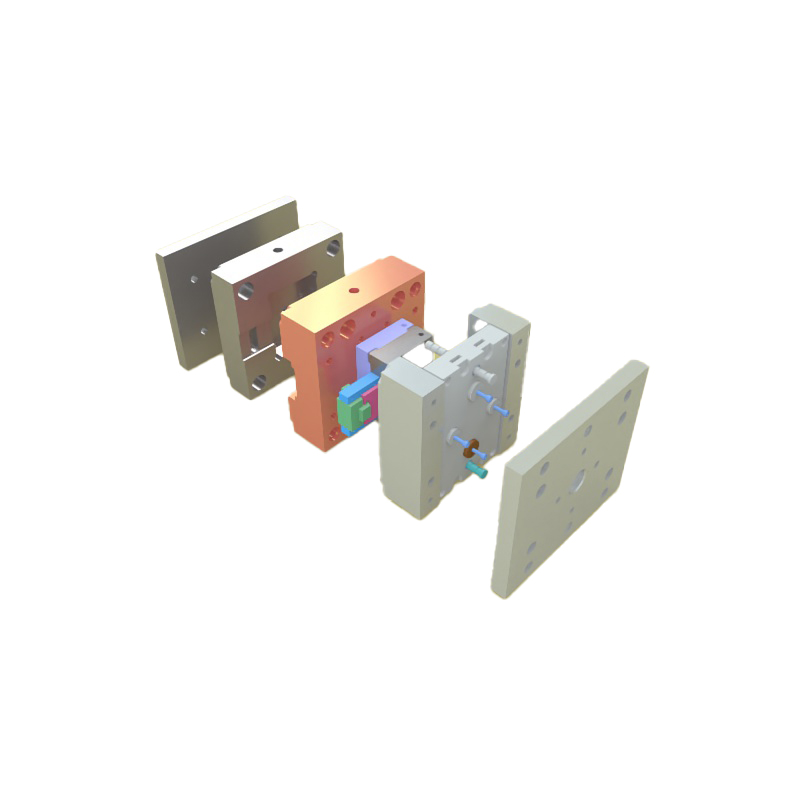Better Touch Better Business
Contact Sales at MDM Metal
There are many reasons that affect the deformation and cracking of stamping molds during heat treatment, mainly related to the original structure, chemical composition of steel, heat treatment process, structural shape and size of parts, and many other factors. Generally speaking, cracking is often preventable, but heat treatment deformation is always difficult to avoid.

In engineering practice, due to differences in cross-sectional dimensions, the structure and shape of stamping die parts, and the different heating and cooling rates during heat treatment (heating insulation cooling), combined with various factors such as thermal stress, structural stress, and phase change volume changes, the volume of the parts will expand or shrink, resulting in certain deviations and deformations in the size and shape of the mold, and even cracking.
Preparation heat treatment
For stamping die forgings made of eutectoid steel, it is recommended to first undergo normalizing treatment followed by spheroidizing annealing. The purpose is to eliminate the network of secondary cementite in the forging, refine the grain size, eliminate internal stress, and prepare the microstructure for subsequent (or final) heat treatment.
For stamping die parts, low-temperature tempering heat treatment (i.e. stabilization treatment) should be carried out before quenching. For some concave mold parts with complex shapes and high precision requirements, quenching and tempering treatment should be used first after rough machining and before precision machining, with the aim of reducing quenching deformation of the parts, avoiding cracking tendency as much as possible, and preparing the organization for the final heat treatment process.
Optimize quenching and tempering treatment process
1. Control of tempering treatment
After the mold parts are removed from the coolant (coolant), they should not be left in the air for a long time. They should be promptly placed in a tempering furnace for tempering heat treatment. During tempering treatment, low-temperature and high-temperature tempering brittleness should be avoided.
For some mold parts with high precision requirements, it is recommended to undergo multiple tempering treatments after quenching to eliminate internal stress, reduce part deformation, and avoid cracking tendency.
2. Protection of Quenched Parts
Quenching and tempering treatment are important links that affect the deformation or cracking of stamping die parts during heat treatment. For important mold parts (such as convex molds, concave molds, etc.) that are prone to deformation or cracking, effective protective measures must be taken to ensure that the shape and cross-section of the heat treated parts are symmetrical, and that the internal stress is balanced. The commonly used protective methods include filling, bundling, and blocking.
3. Determination of heating temperature
If the quenching heating temperature is too high, it will cause coarse austenite grains and oxidation and decarburization phenomena, thereby increasing the tendency of parts to deform and crack. Within the specified heating temperature range, if the quenching heating temperature is too low, it will cause the internal hole of the part to shrink and the pore size to decrease.
Therefore, it is recommended to choose the upper limit value of the heating temperature specification; For alloy steel parts, if the heating temperature is too high, it will cause the inner hole of the part to expand and the pore size to become larger. Therefore, it is recommended to choose the lower limit value of the heating temperature specification.
4. Improvement of heating method
For some small punching punch and die, or slender cylindrical parts (such as small punches), preheat them to a certain temperature in advance, such as 520-580 ℃, then put them into a medium temperature salt bath furnace and heat them to the quenching temperature.
 Compared with directly using an electric furnace or a reverberatory furnace for heating and quenching, the deformation of their parts is significantly reduced, and their cracking tendency can be controlled, especially for those high alloy steel mold parts, The correct heating method is recommended to first preheat (to a temperature of 530-560 ℃), and then heat up to the quenching temperature. During the heating process, the duration of the high-temperature period should be minimized as much as possible, with the aim of reducing quenching deformation of the parts and avoiding the production of small cracks.
Compared with directly using an electric furnace or a reverberatory furnace for heating and quenching, the deformation of their parts is significantly reduced, and their cracking tendency can be controlled, especially for those high alloy steel mold parts, The correct heating method is recommended to first preheat (to a temperature of 530-560 ℃), and then heat up to the quenching temperature. During the heating process, the duration of the high-temperature period should be minimized as much as possible, with the aim of reducing quenching deformation of the parts and avoiding the production of small cracks.
5. Selection of coolant
For alloy steel parts, the best way to reduce quenching deformation is to use isothermal quenching method or graded quenching method using potassium nitrate and sodium nitrite hot baths. This method is particularly suitable for processing stamping dies with complex shapes and high dimensional accuracy requirements.
Some porous mold parts (such as porous concave molds, etc.) should not be subjected to isothermal quenching for too long, otherwise it may cause the pore size or pitch of the parts to increase; If the characteristics of cooling shrinkage in oil or cooling expansion in nitrate are used, reasonable use of dual medium quenching can greatly reduce the deformation of the parts.
6. Optimization of cooling methods
When the parts are taken out of the heating furnace and placed in the coolant (coolant), they should be placed in air, pre cooled for a period of time, and then quenched in the coolant. This is one of the commonly used and effective methods to reduce the quenching deformation of the parts and prevent the tendency of parts to crack.
After the mold parts are filled with coolant (coolant), they should be rotated appropriately and the direction of rotation should be changed, which is more conducive to maintaining a uniform cooling rate in the parts and can significantly reduce the deformation of the parts and prevent cracking tendency.
7. Quenching treatment before wire cutting
For some stamping die parts that require wire cutting processing, a heat treatment process of graded quenching and multiple tempering (or high-temperature tempering) should be used before wire cutting processing, with the aim of improving the hardenability of the parts and making the internal stress distribution more uniform and in a smaller internal stress state. Generally speaking, the smaller the internal stress, the less likely the parts are to deform and crack after wire cutting.
Copyright © 2015-2023 MDM Metal All Rights Reserved
 Send A Message
Send A MessageIf you are interested in our products and want to know more details,please leave a message here,we will reply you as soon as we can.